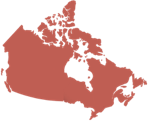As Earth Day 2025 is observed around the globe on April 22, Bahá’í communities across Canada are learning about principles of environmental stewardship that can guide humanity’s relationship with the natural world. Grassroots initiatives, ranging from community gardens to reforestation projects, reflect a growing consciousness of the profound interrelationship between human beings and the natural world.
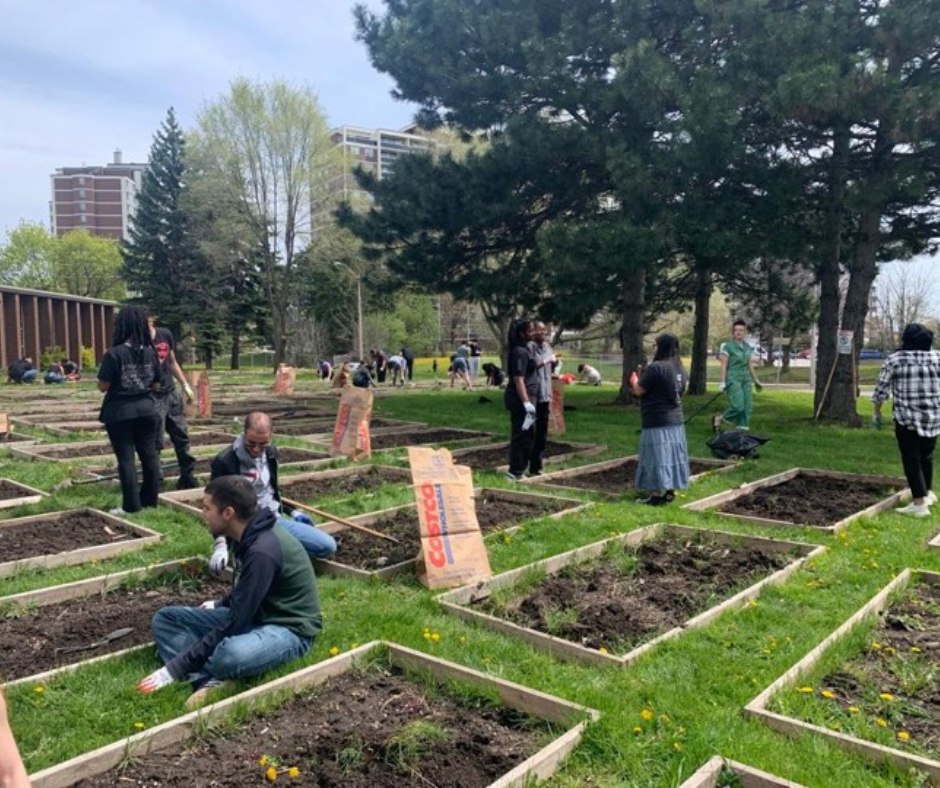
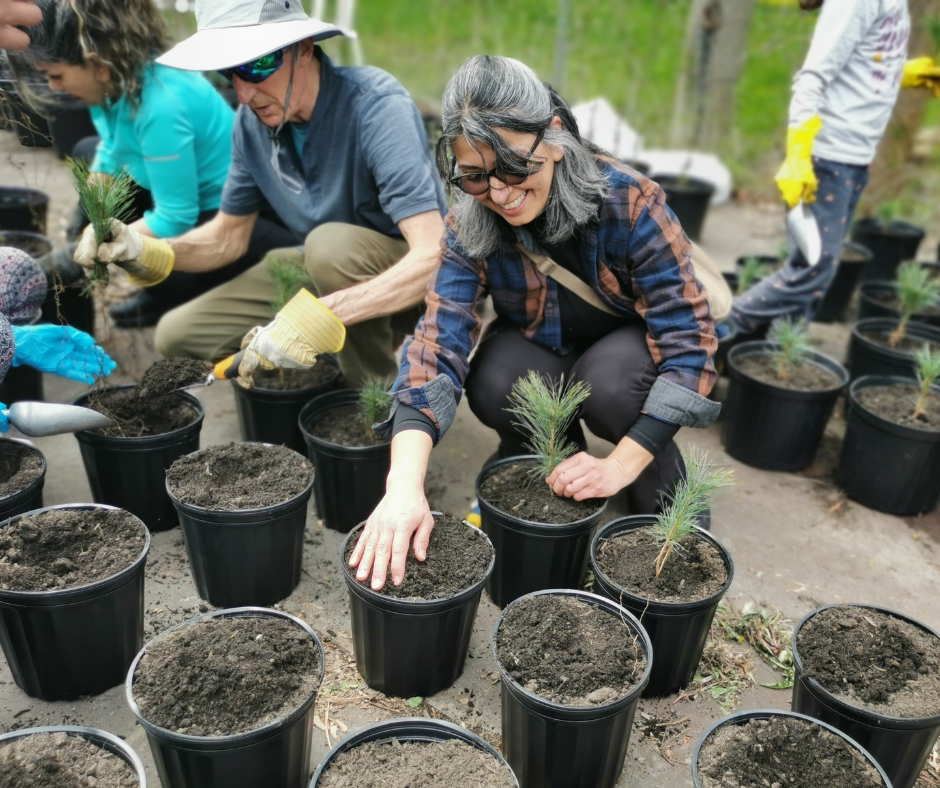
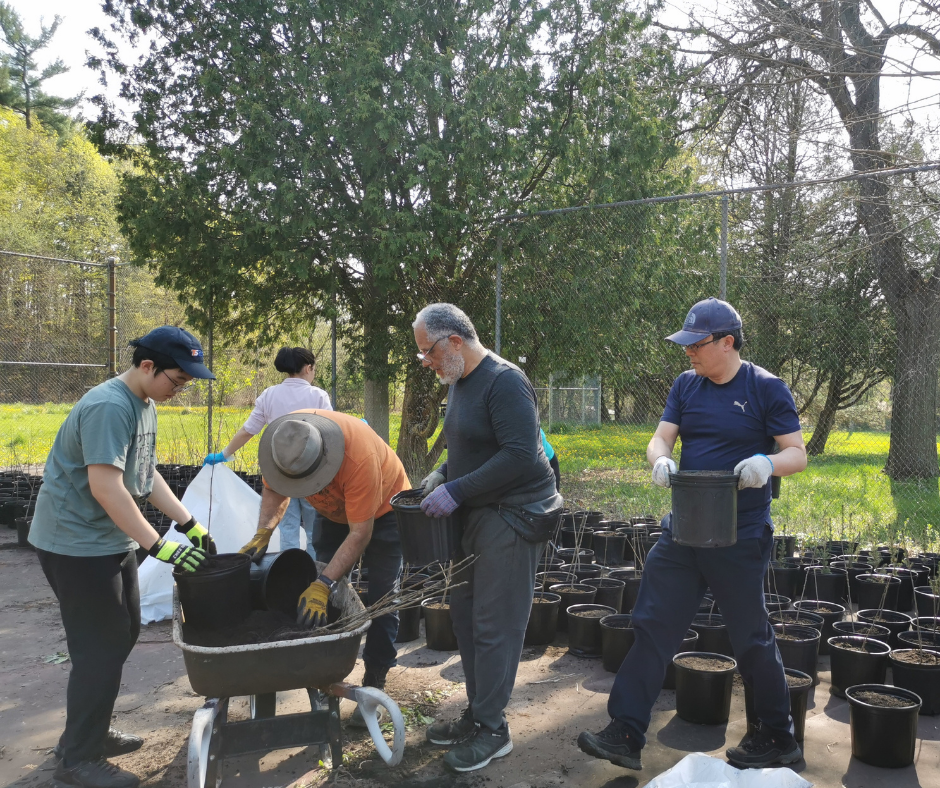
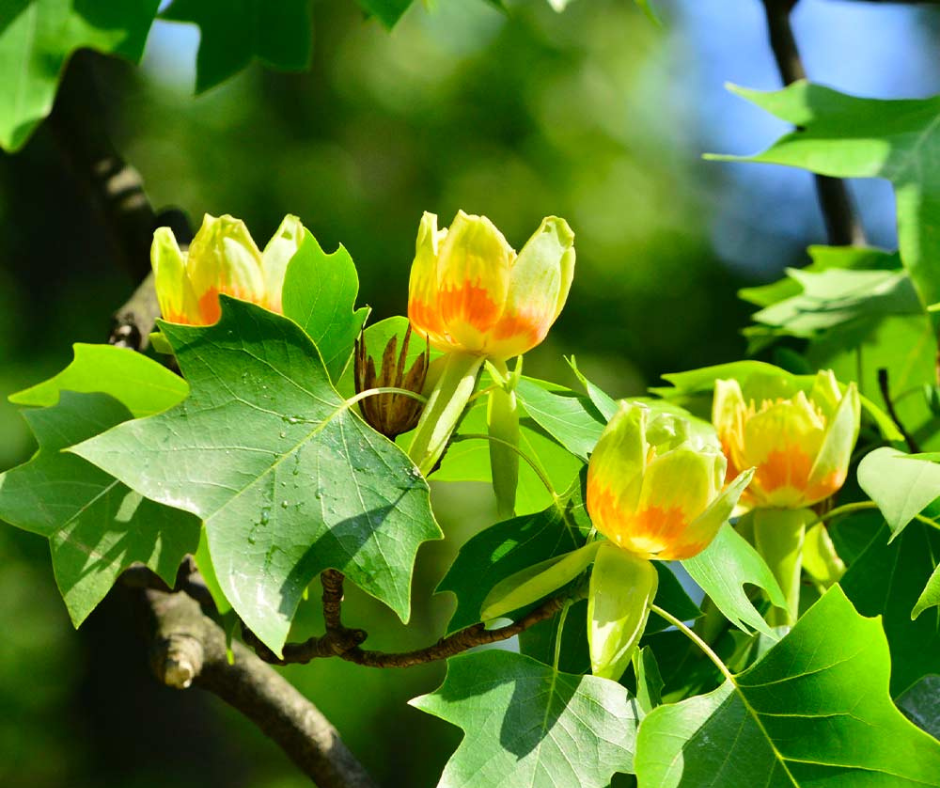
In Toronto’s Upper Don Mills neighbourhood, a group of young people, ages 11 to 14, have sustained a community garden project since 2019, in collaboration with Oriole Food Space, a local food security organization. What began as a modest effort to plant and maintain a small plot of vegetables during the pandemic, has since grown into a sustained initiative intended to serve the wider community. Some of the food grown, has been used to make meals for the community, and at other times, has been distributed to families or donated to the local food bank.
“This project has been an enriching experience for youth. Over the years, they have developed a sense of responsibility needed to nurture something continuously, learned the practical skills of growing vegetables, and felt more connected to food and where it comes from.” said Tahireh Mohebati, a coordinator of the youth program in the neighbourhood. “Through this service they have also met new friends, engaged older youth and parents, and created a social space in the community garden for meaningful conversations and community building.”
In another part of the Greater Toronto Area, preparations for Canada’s first Bahá’í House of Worship are offering Baha’is and their friends new opportunities for environmental engagement around the Temple site. One such project is a tree nursery initiative sustained by local volunteers. Protected over the winter by a plastic covered 'hoop house’, and sheltered from the summer sun under a canopy, more than 800 seedlings, representing over 20 native species, await planting. Sourced from a local tree farm, the seedlings were potted by over 50 volunteers in May 2024 and have been carefully nurtured since. An additional 550 seedlings will be prepared this spring.
The tree planting initiative is part of a long-term Managed Forest Plan implemented by the national governing council of the Bahá’ís of Canada over 10 years ago, in collaboration with Ontario’s Ministry of Natural Resources and Forestry. “The seedlings are still establishing their root systems and showing modest growth.” said David Megit, a local volunteer involved with the seedling initiative, “starting next year, they will be planted into open areas and used to replace invasive trees currently on the Temple site.”
As an expression of environmental stewardship, the seedling project will enhance the biodiversity and overall health of the forest around the Temple site. The nursery now includes over 20 native tree species including bur, white and red oaks, red and sugar maples, trembling aspen, paper birch, white pine, eastern hemlock, tamarack, black cherry, serviceberry, bitternut hickory and butternut. Some species to be planted, are considered species at risk such as the Tulip, Kentucky Coffee and Sycamore. The Tulip tree, of the magnolia family, in addition to its beautiful blossoms, and due to its rapid growth, tremendous height and long life, has been found to sequester more carbon from the air than other tree species. In addition, many of these native trees will provide food for various wildlife in the form of berries, nuts, and leaves.
Another group of volunteers will be needed for this spring’s potting, and it is anticipated that over time a core group of volunteers will be established to help with the regular maintenance activities, such as watering, weeding, fertilizing, and re-transplanting among other tasks. Through such projects, communities and individuals of all ages are growing in their understanding of the intimate connection between the emerging Temple, the principle of environmental stewardship, and service to others.
More information about the Temple and its sustainability plan is available here.
